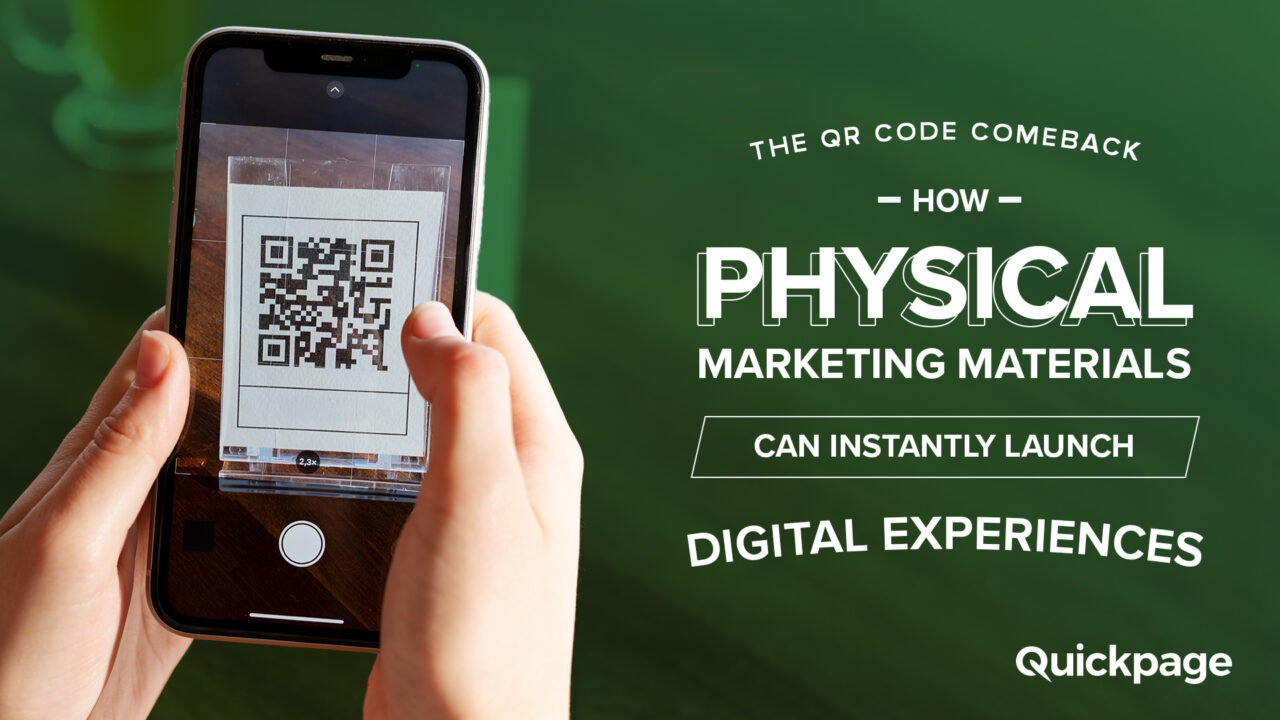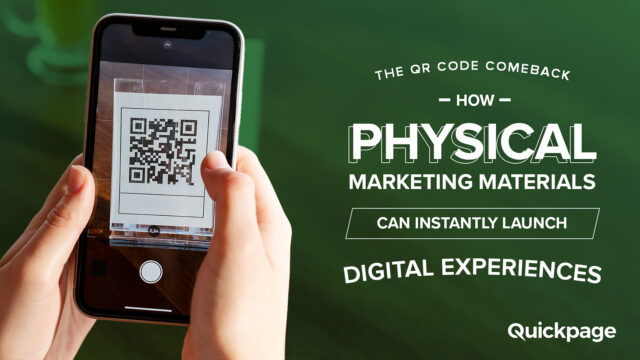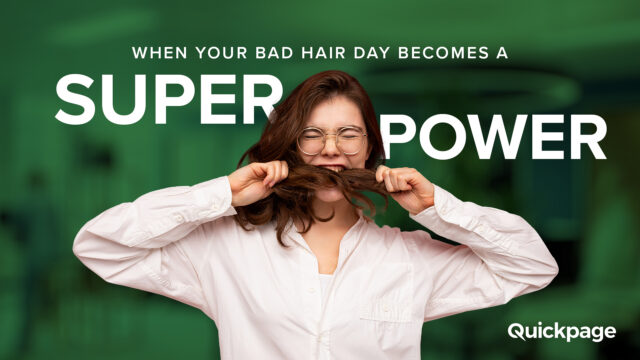Text emails feel safe. But they also feel lazy.
A plain text email in 2024 is basically the dating profile that says: “Hi. I like walks. I am nice. Please respond.”
Zero personality. Zero effort. Probably copied and pasted from 2007.
Meanwhile, a video message? That’s a selfie video where you’re smiling, looking right at the camera, saying: “Hey Sarah, saw you like coffee and Jeeps. Same. Just wanted to say hi without being a total stranger.”
Which one gets ghosted? Which one gets a response?
We all know the answer.
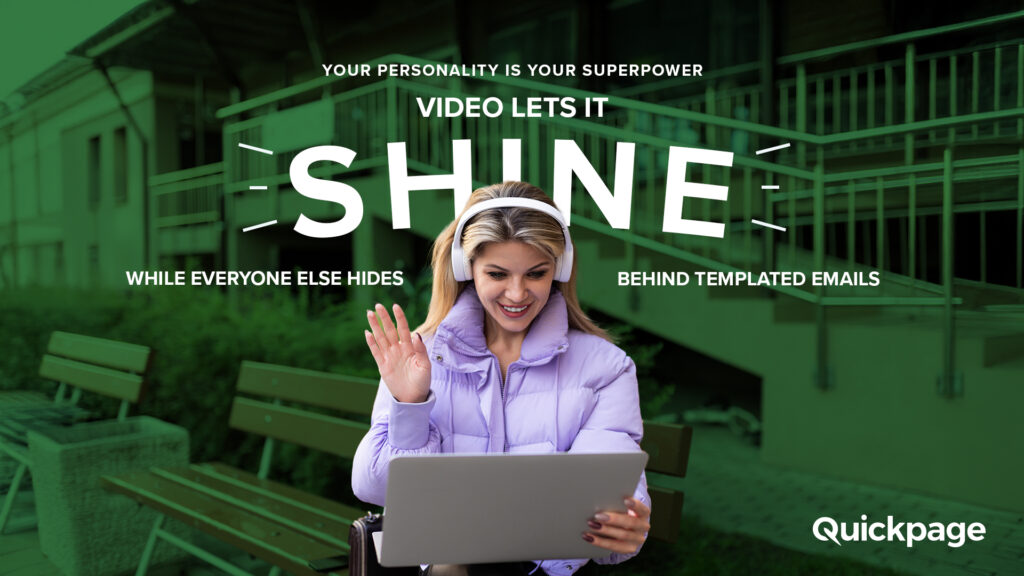
The Awkward Truth About Text Emails
Text-only emails feel like mass marketing. Like you’re just another name in a sequence. And customers know it.
The numbers tell a brutal story. Plain text emails in sales? Average open rates hover around 20% (sometimes less depending on the industry). Click-through rates? Around 2-3% on a good day.
And that makes sense. Text-only emails are easy to skim, easy to ignore, and let’s be honest… they look like every other sales email people are already deleting.
Video flips that. It feels human. It feels like effort. It feels like, “Oh wow… this person actually showed up for me.”
In dating, effort gets noticed. In sales, effort gets replies.
My Wake-Up Call About Video
My big “aha” moment with video wasn’t even in automotive or home improvement. It was way before Quickpage.
Back then I had started this little marketing company called Seattle SEO Consultant. I was figuring it out as I went, ranking my keywords, doing whatever I could to get found online. And sure enough, I started getting RFPs from companies looking for SEO help.
Here’s the funny part: I didn’t have some huge portfolio or big client list. I was up against agencies that were way more established, with way more experience.
So I had to do something different. I had to stand out.
While these other companies were sending over giant PDF proposals packed with technical jargon, charts, and SEO buzzwords, I thought, “You know what? I’m just gonna send them a video.”
I pulled up their website, walked them through my proposal, explained everything in plain English, like I was sitting across the table from them having coffee.
No fancy production. No script. Just me talking to them like a human.
And it worked.
The feedback I got was always the same: “Nobody else did this.” They told me it helped them trust me. It felt like I’d gone the extra mile. And it made them feel like I was already working for them before they even signed.
That’s when I realized: Text is easy to ignore. Video is hard to forget.
Why Humans Can’t Resist Video
We’re visually nosy creatures. We can’t help it.
When a video shows up in your inbox, especially if it’s personalized with your name or even a little thumbnail of someone holding a whiteboard or waving, your brain has to know what’s in it.
It triggers curiosity. It feels like someone’s talking to you, not at you. And that little moving image hijacks your attention in a way that text just can’t.
This goes all the way back to survival instincts. Our brains are hardwired to pay attention to faces, expressions, body language, because that’s how we’ve communicated for thousands of years. Text is relatively new in the grand scheme of things.
Video feels real. It feels personal. It feels immediate.
Text feels… like homework.
And here’s the other thing: video taps into reciprocity. When someone sees that you took the time to record a personal message, there’s this natural pull to respond because effort stands out.
In a world where most people are doing the bare minimum, video sends a different signal: “I showed up for you. Now I’ve earned a few seconds of your attention.”
And most of the time? That’s all you need.
Real World Example: Car Dealerships
Car salespeople used to do what everyone does: Fire off that classic text or email follow-up after someone inquired online. “Hey just checking in to see if you’re still interested in the [insert vehicle]. Let me know!”
And what happened? Crickets. Left on read. Ghosted. Just another message lost in the digital graveyard.
But then I saw salespeople start using video follow-ups, and everything changed.
One of my favorite examples was a guy who started recording these super simple, raw videos from the lot. No script. No fancy production. Just holding up his phone, walking over to the exact car the customer had asked about, and saying: “Hey Sarah, I know you were checking out this Toyota 4Runner. Just wanted to show you it’s still here and looking sharp. If you’ve got any questions or wanna come see it in person, just let me know. I’m happy to help however I can.”
That video didn’t feel like marketing. It felt like service. It felt real. And it made people feel like they were already in the buying process.
The results? Higher response rates. Faster replies. And way more conversations that actually led to appointments.
Because here’s the thing: no one’s ignoring a video of their dream car with their name on it.
Video follow-up stopped being a task and started being a relationship-builder. And that’s why it works.
How Home Improvement Companies Win With Video
Home improvement is prime territory for video because these are high-ticket projects that people don’t make lightly. We’re talking about someone’s home, their biggest investment, and you’re asking them to trust you with it.
And trust doesn’t come from a price quote PDF or a templated email. It comes from feeling like this company actually cares.
I’ve seen window companies and roofing companies crush it with video in really simple ways.
One of my favorite examples is appointment confirmation videos.
Instead of just sending a boring text that says: “Your consultation is confirmed for Tuesday at 2PM…”
They send a quick video from the rep who’s actually coming to the house.
It’s usually something like: “Hey John, I just wanted to introduce myself real quick. I’m gonna be the one coming out on Tuesday to look at your windows. Just wanted to put a face to the name so you’re not wondering who’s knocking at your door. Looking forward to meeting you.”
That’s it. Nothing fancy.
But guess what? No-shows drop like crazy. People open the door already smiling because they feel like they know you.
It’s the same with proposal follow-ups.
Instead of sending over some giant multi-page bid (which feels cold and transactional), they record a short video walking the homeowner through the price, the options, and why they recommended certain products.
It turns a “quote” into a conversation.
And when you’re competing against 3 or 4 other companies who all look the same on paper, that one video is often what wins the deal.
Because again: video feels like service. Text feels like sales.
The Numbers Don’t Lie
When you add video into the email, that’s where everything changes.
Just putting the word “VIDEO for [Customer Name]” in your subject line? That alone can boost open rates by 17%, because curiosity kicks in. People want to see what’s inside.
Then once they open it, if you’ve got a video thumbnail or a looping GIF of yourself waving or holding a sign with their name on it, your click-through rates can skyrocket by 300%.
That’s what we see across the board with Quickpage users, whether it’s car sales, home improvement, real estate, doesn’t matter. Video pulls people in.
Because again, it’s not just information. It’s human energy showing up in their inbox.
And here’s what happens next: Once they click through to the Quickpage video, you’ve got their full attention in a distraction-free environment, and that’s where deals start moving.
Plain text emails leave you on read. Video emails get you remembered and replied to.
But I Hate How I Look on Camera
This is the #1 most common objection I get from salespeople who are resistant to video.
And you know what I tell them?
“Congratulations, you’re human.”
Nobody likes how they look or sound on video at first. I didn’t either. It’s awkward. It’s uncomfortable. And it feels exposing.
But here’s the reality check I give them:
That’s already how you look and sound in real life.
The customer is going to meet you eventually. They’re going to hear your voice, see your face, and interact with you. Video just gets you there faster. It builds that connection before you walk in the door.
And here’s the other thing I tell them: your prospect isn’t sitting there critiquing your hair or your lighting. They’re looking for one thing:
“Is this person real? Do I trust them?”
That’s it.
The other objection I hear is: “I don’t know what to say.”
And I get that too, so I keep it dumb easy for them. I tell them to start with this script:
“Hey [Customer Name], just wanted to put a face to the name and say hi real quick. I saw you were checking out [whatever product] and I’d love to help answer any questions or show you more when you’re ready.”
That’s it. No sales pitch. No overthinking.
Just be human. Be helpful. Be present.
Once they send that first video and get a reply like, “Thanks for the video! That was awesome!” they’re hooked.
Because that’s when it clicks: This isn’t about looking good on camera. This is about showing up.
Quick Wins Anyone Can Use Today
Video isn’t hard when you stop overthinking it.
Here are my go-to “quick wins” for video that anyone can start using today, no production team, no fancy gear, no excuses.
1. Put “VIDEO for [Customer Name]” in the Subject Line
This one’s easy money. It instantly spikes curiosity and feels personal. People are wired to wonder, “What’s in this video for me?” We’ve seen this boost open rates by 17% alone.
2. Hold Up a Sign or Whiteboard With Their Name
This is video Jedi-level stuff, because it proves it’s not a mass video. Write their name, the product they were looking at, or even something funny like “Not a robot, I promise.” It pulls people in instantly.
3. Keep It Short & Real
You are not filming a Netflix documentary. Aim for 30-45 seconds max on your first video. Smile. Look right at the camera. Talk like you’re leaving a voicemail for a friend.
4. Use a Looping GIF in the Email
Platforms like Quickpage automatically generate this, but that little looping clip of you waving or smiling in the email body is what grabs attention. This can boost your click-through rates by 300% compared to text-only emails.
5. Start with Gratitude or Service, Not a Pitch
Lead with: “Hey Sarah, just wanted to say thanks for checking us out. If you’ve got any questions, I’m here to help.” This flips the script from “salesperson” to “trusted guide.” It makes people want to engage.
Video doesn’t have to be perfect. It has to be present.
And the crazy thing? Once you send 2 or 3 of these and start getting real responses like, “Wow thanks for the video!” you’ll wonder why you didn’t start sooner.
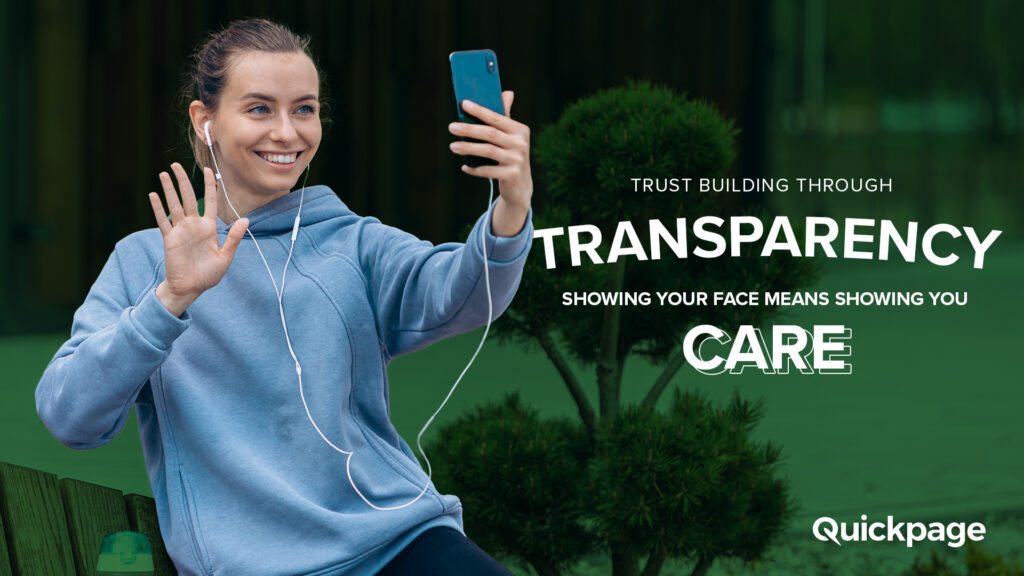
The Psychology Behind Why This Works
This gets right down to human nature.
At the end of the day, we don’t trust text, we trust people.
Our brains are literally hardwired to look for connection cues when we interact with another human: Eye contact, tone of voice, facial expressions, body language.
Those things tell us way more about someone’s intentions than the words they’re saying.
That’s why you can read a perfectly polite email and still wonder, “Is this person even real? Do they care? Or am I just another lead in their CRM?”
But when you get a video? Now you can feel it.
You see the smile. You hear their tone. You pick up on warmth, sincerity, energy, all the things text strips away.
It’s like the difference between getting a handwritten note versus a post-it on your desk that says “Call me.”
Video shortcuts the trust-building process because it feels like you’re already having a conversation, even if you haven’t replied yet.
And when it comes to sales, trust is everything.
We don’t buy from companies. We buy from people we like. People we believe. People we feel connected to.
Video just gets you there faster.
This all comes down to something that’s been true about humans forever: We don’t trust text, we trust people.
There’s a famous study by psychologist Albert Mehrabian that found 93% of communication is non-verbal.
Let that sink in.
Only 7% of what we communicate comes from the words themselves.
The rest? It’s all in how we say it, our tone, our body language, our facial expressions.
That’s why plain text emails fall flat. They strip out everything that makes you, you.
But video? Video brings all of that back.
It lets your prospect hear your voice. See your smile. Feel your energy. Pick up on your sincerity.
And that’s what builds trust, fast.
Because sales has never been about information. It’s always been about connection.
We buy from people we like. We trust people who feel real. And video gets you there in seconds, before you’ve even had your first phone call.
The Future of Video in Sales
I think in the next few years, video communication in sales is going to move from being a nice-to-have to a must-have.
Right now, video still feels like a little bit of an edge, like something that gives you a competitive advantage because not everybody’s doing it consistently.
But fast forward a few years?
Video is going to be the price of admission.
It’s going to be expected.
People are tired of faceless brands. Tired of automated, soulless communication. And with AI flooding inboxes with perfectly written, but completely heartless messages, human video is about to become the trust signal.
If you don’t send video in your sales process? You’re going to feel outdated, like trying to sell using fax machines.
And here’s what really excites me: Video is going to get easier and smarter.
I’m seeing trends like:
- AI helping reps generate ideas or talking points, without scripting them to death
- Personalized video templates that still feel real and custom
- Video being integrated natively into CRMs, text tools, and email platforms, so it’s frictionless
- Interactive video pages (like what we do at Quickpage) where you can drop in testimonials, product demos, pricing, all in one place that’s clean and easy for the customer
But here’s the catch, and I say this all the time:
The more the world leans on AI for communication, the more valuable human, imperfect, real video will become.
Because people will feel the difference.
Video isn’t going anywhere. Bad video will feel fake. Good video will feel personal.
And the salespeople who master human-first video early? They’re going to dominate the next decade of sales.
